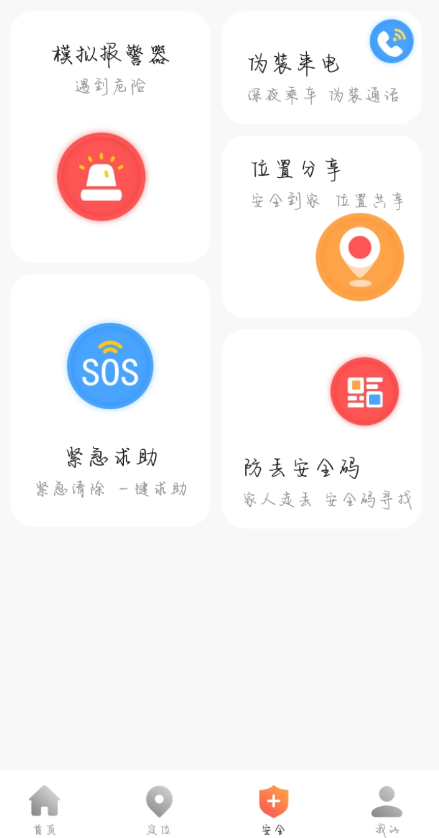
首先检查添加dns是否正常,如不存在则添加如下dns:
[root@cgls]# vim /etc/resolv.conf nameserver 114.114.114.114 nameserver 8.8.8.8
如果这样还是不行,可以尝试添加路由:(需要根据自己的网段设置)
[root@cgls]# route add default gw 192.168.11.1
一般情况下,这时候就可以ping通了:
[root@cgls]# ping www.baidu.com
相关教程推荐:centos教程
© 版权声明
文章版权归作者所有,未经允许请勿转载。
THE END
喜欢就支持一下吧
相关推荐













